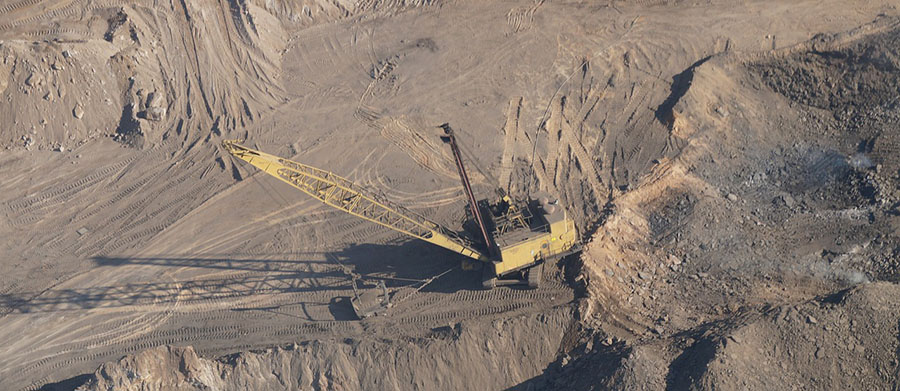
Coal producers and Asia-based utilities recently settled annual contracts for 2011–2012 at a record high of US$130/ton, up 32.6% from US$98/t in 2010–2011 and exceeding the 2008–2009 record of US$125/t. This was partly due to supply disruption in many key coal-exporting countries, including Australia, Indonesia and South Africa, which has reduced quantity of coal available on the world market this year.

In addition, China's massive presence is increasingly being felt in the market, with imports last year surpassing even those of Japan for the first time. Imports have risen quickly since 2009 when China began restructuring its mining sector, which is leading to temporary mine closures and domestic production disruption. Volumes jump up and down from month-to-month, depending on the relative level of domestic and international prices. As international prices rose after supply disruption from flooding in Australia early in the year, Chinese buyers withdrew from the market; then in March, as Japanese buyers cancelled cargoes, China's coal imports jumped to 15.22 Mt.—the third-highest monthly volume on record. The buying supported international prices and initial indications are that thermal coal imports then slowed in April, as buyers switched back to relatively lower-priced domestic coal.
China's domestic steam coal prices, however, rose steadily over April to a four-month high of about CNY820 (US$126)/t, and with international prices also high, many state-owned and private power plants across the country have been forced to cut power production as a way of reducing losses. China normally suffers from power shortages during the summer and winter months, but rationing has come two months earlier than normal this year. Central government is warning of one of its worst summer power shortages, and local governments have already begun restricting power supply to energy-intensive industries.

























































